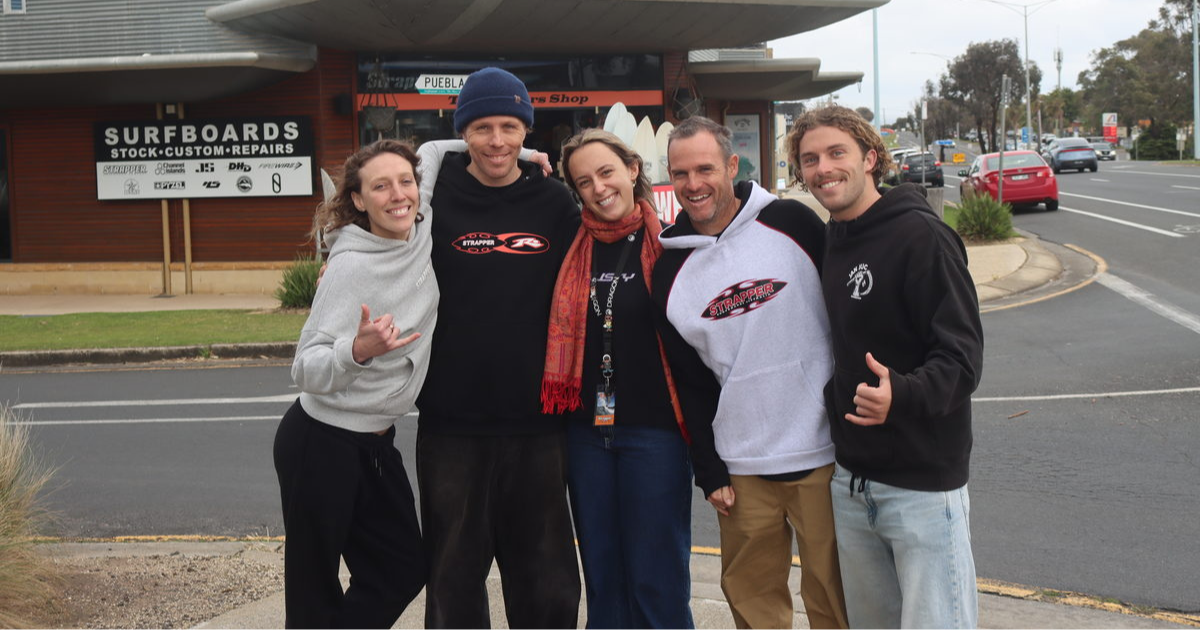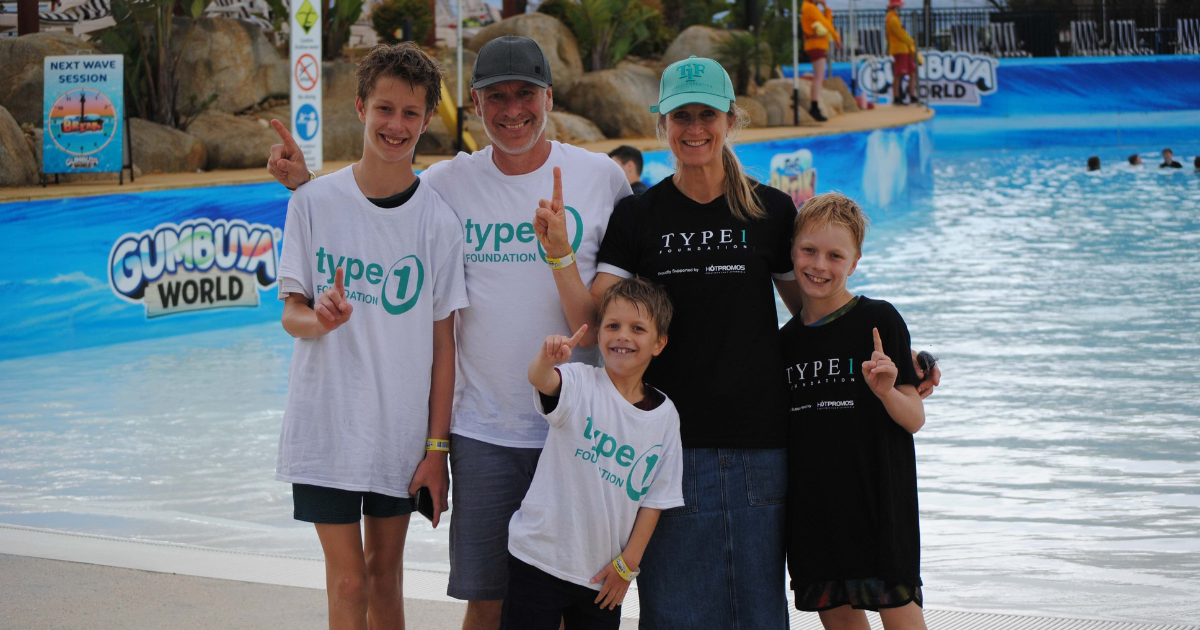Community to lead design of new bike park

The existing bike track at Bob Pettitt Reserve in Jan Juc will become larger and better as a result of the upgrades. Photo: SURF COAST SHIRE
LOCAL bike riders and the community will lead the design and development of the improvements to Jan Juc’s Bob Pettitt Bike Park, following a resolution by the Surf Coast Shire.
The existing bike park is underused and not meeting community needs, which has led to the creation of several rider-built jumps in the reserve over the past 18 months.
In response, councillors resolved in August to redirect $30,000 from the Local Roads and Community Infrastructure funding program and allocate an extra $20,000 to expand the bike park, and shire officers then began investigating the possibility of a community-led design for the upgrades.
Representatives from the Surf Coast Mountain Bike Club (SCMBC) and Anglesea Bike Park Community Asset Committee (ABPCAC) have since worked with young local riders to come up with a design for a new park.
At their meeting last week, councillors approved a community-led approach to the $50,000 project, with the shire to take on project management (including risk management plan development and execution), formal facility design by SCMBC and ABPCAC in association with local riders, and construction by a contractor or contractors including volunteer labour.
In order to manage the potential liability associated with a community-led design, the council has set certain criteria for the design and construction, including:
- No jumps with gaps
- Jump height limited to 1.3 metres
- Jump lines to be clear and separate
- Jumps to be constructed from clean quality fill and well compacted
- Ride testing to be carried out at stages throughout the construction
- Advisory signage on site, and
- An ongoing monitoring and maintenance plan.
The new design will incorporate tree planting to screen the park from the road and neighbouring houses, while new seating and pathways will link the bike park to the existing skate park and new performance space at Bob Pettitt Reserve.
Cr Mike Bodsworth, a former member of the ABPCAC, said a community-led approach had many benefits.
“When riders have a say in the design, we can be more confident the bike park will be valued and meet the needs of the local riding community, as opposed to a bike park that isn’t sufficiently challenging, which can soon lose its appeal.
“If the new design meets people’s needs, we are much less likely to see examples of unsanctioned rider built jumps springing up in other locations.
“There is also a greater sense of ownership where riders have been involved in a park’s development and that translates into not just higher user numbers but ongoing care for the site.”

















